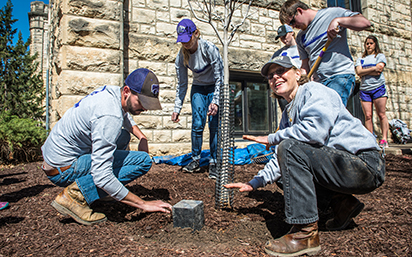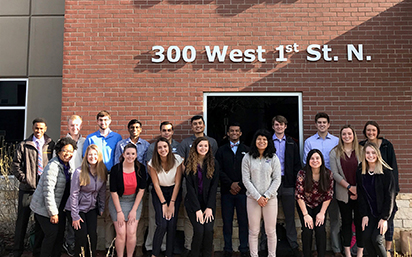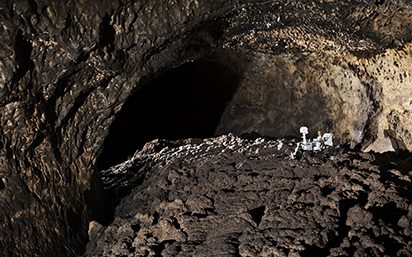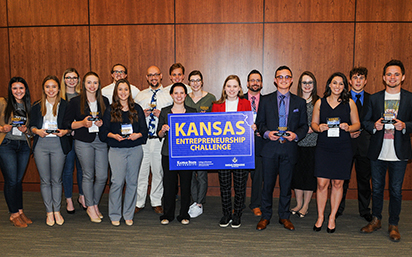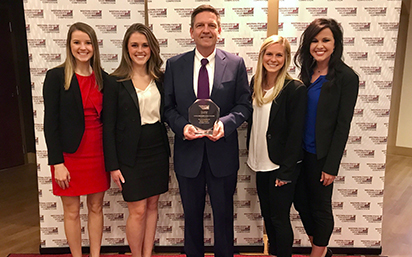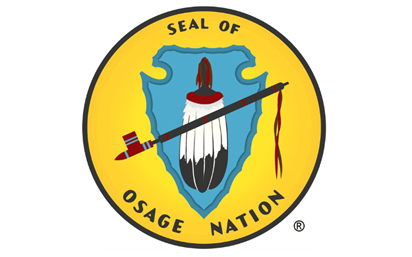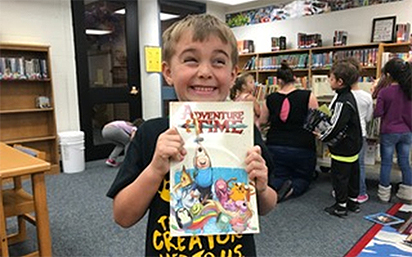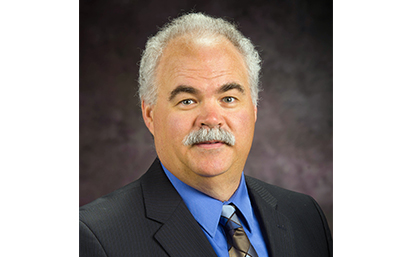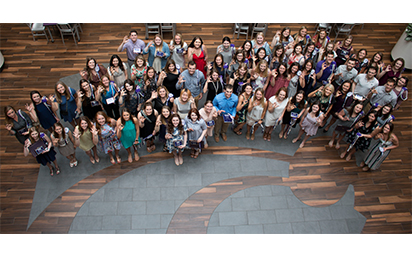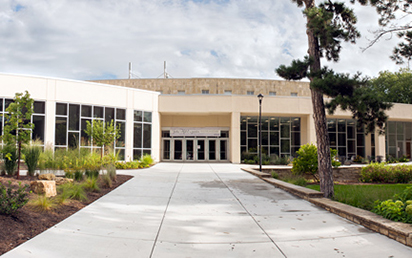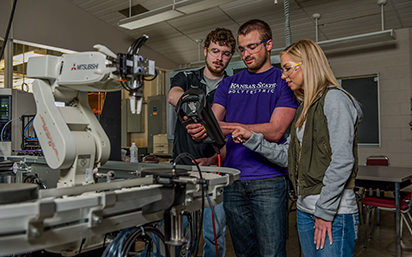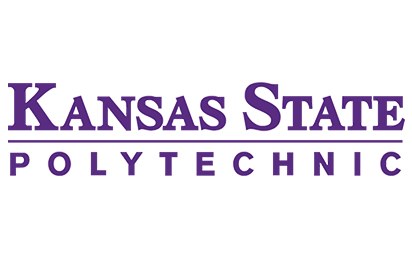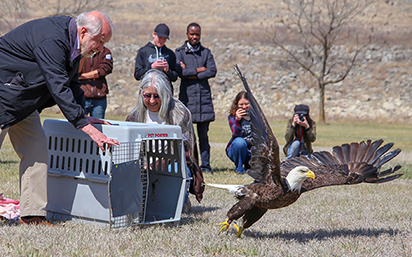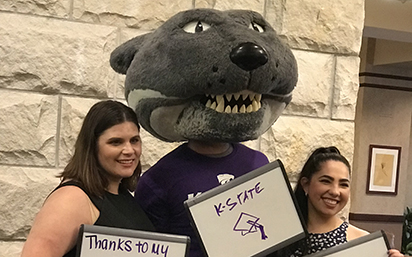
‘A new family’: K-State graduates begin their journey as alumni
When Dana Weaver came to Kansas State University for orientation, the Metter, Georgia,
native was feeling a little overwhelmed and homesick about being in a new place. However,
she remembers how a professor she didn’t even know came up to her to comfort her,
letting her know that K-State was here to help her and that “We’re your new family.”
The encounter is one that Weaver still treasures as she graduates and becomes a K-State
alumnus.
“I’m super sad to leave,” she said. “These are relationships you will never forget.”
K-State’s spring 2018 graduates are part of the 151st class to graduate from the university,
with nearly 3,400 students as candidates for graduation. This includes more than 2,700
bachelor’s, nearly 660 master’s, about 90 doctorates, 106 Doctor of Veterinary Medicine
and three associate degrees. More than 330 students are earning degrees through K-State
Global Campus distance programs.
Weaver is graduating alongside her friend and fellow kinesiology major Michelle Reznikova,
Overland Park, Kansas (both pictured above). Although they didn’t know each other
before coming to K-State, they later planned their schedules so they could take the
same classes.
“I loved it here,” Reznikova said of her time at K-State. “The first second I stepped
on campus, I knew I would love it, I just didn’t know how much.”
Both Weaver and Reznikova said they plan to stay in touch with their alma mater after
graduating, no matter where life may take them.
“I am so excited,” Reznikova said. “I love Manhattan, and I’m not ready to leave.
But I’m excited to start my next adventure.”
During commencement, K-State also presented a special degree to G.P. “Bud” Peterson
’75, ’77, ’80 at the Graduate School ceremony. The president of Georgia Tech received
an honorary doctorate — the highest honor the university gives. He had some parting
words of reflection for the class of 2018.
“Commencement is a celebration of personal accomplishments and the power of teamwork,
as well as a visible symbol of your university fulfilling its role of equipping the
next generation with what it and society most needs,” he said. “It’s one of my favorite
events on campus and represents both an end and a beginning. I also hope that during
your time at Kansas State, you’ve collected memories and friendships that will last
a lifetime.”
The K-State Alumni Association is proud to help new alumni stay connected to K-State
after graduation. The Alumni Association partners with the colleges to provide all
new graduates with a complimentary one-year membership to the Alumni Association.
The Alumni Association also presents undergraduates with a business card holder and
graduate students with a lapel pin. Learn more about Alumni Association membership, and view photos from some of the K-State Alumni
Association’s commencement events below.
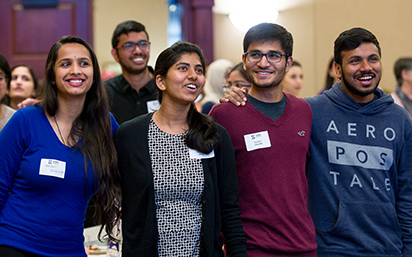
International Graduation Celebration honors new K-State graduates from all around the globe. Grads receive an achievement certificate and enjoy refreshments while connecting with other soon-to-be alums. View photos from the 2018 event. (Photo: David Mayes ’96, K-State Alumni Association)
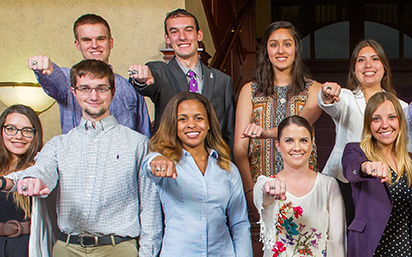
The annual Ring Ceremony honors the special K-State tradition of receiving the official K-State Class Ring. Special guests included Amy Button Renz ’76, ’86, president and CEO of the K-State Alumni Association, and Michelle Anderson and Darrell Reese Jr., K-State Student Ambassadors. View photos from the 2018 event. (Photo: David Mayes ’96, K-State Alumni Association)
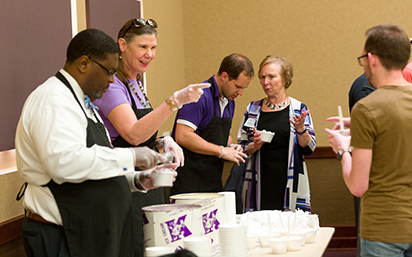
Rainy weather outside couldn’t dampen the spirits of soon-to-be graduates at the Alumni Association’s annual Grad Bash. The event moved inside and filled the Alumni Center with music, food and fun. Even Willie the Wildcat showed up to help students celebrate! View photos from the 2018 event. (Photo: David Mayes ’96, K-State Alumni Association)

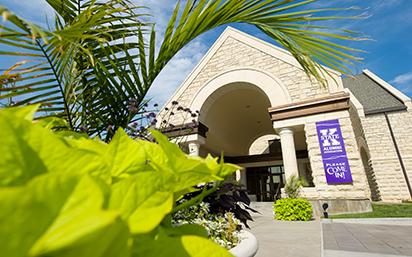
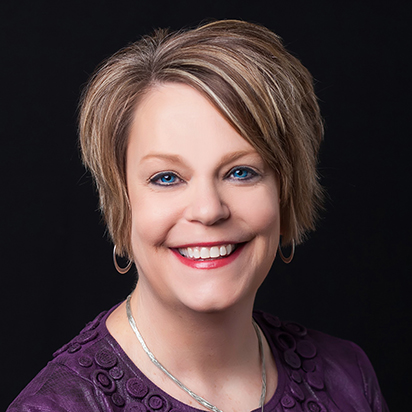
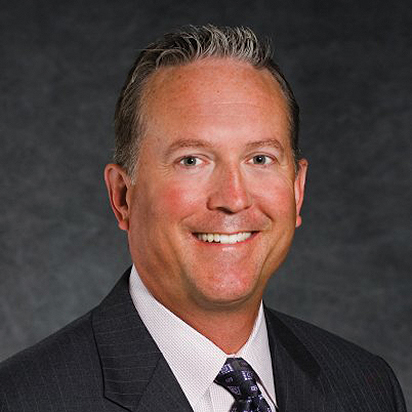
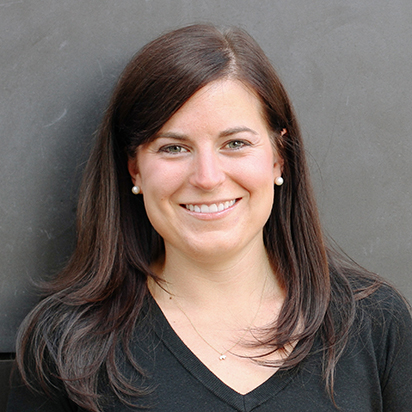
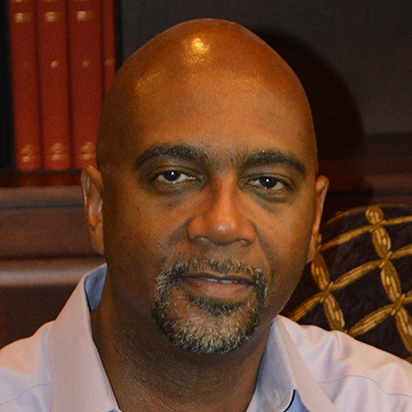
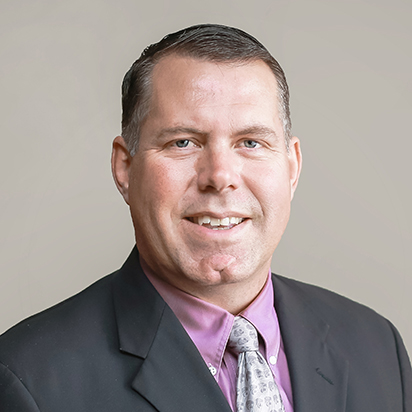
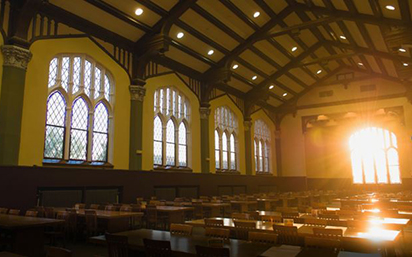
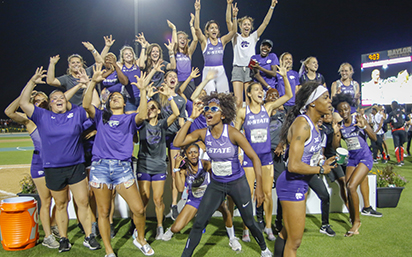
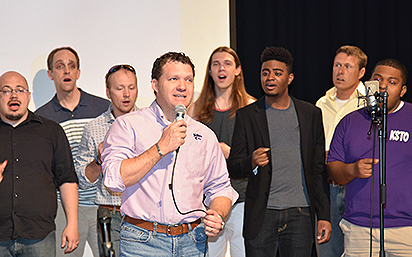
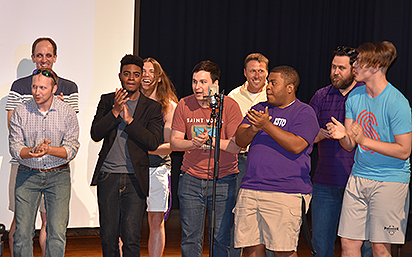 Cadence was founded in the 1998-99 school year and covers a variety of musical styles,
ranging from barbershop to popular music, classics, doo-wop and more.
Cadence was founded in the 1998-99 school year and covers a variety of musical styles,
ranging from barbershop to popular music, classics, doo-wop and more.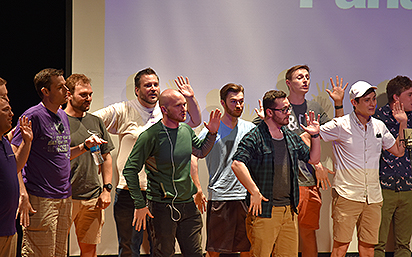 “One time we were performing for an entire high school, and the leader of our group
blew the wrong note on the pitch pipe,” Myers recalls. “So when we started singing,
it sounded like a song none of us had ever heard and didn’t ever want to hear! I didn’t
know what was wrong at that moment, but in my head I was thinking, ‘Are we gonna just
soldier on through this awful rendition?’ I decided to stop us, crack a joke and get
us started again. It’s moments like that where you learn to improvise in front of
an audience, and more importantly, be able to laugh at your mistakes. That is definitely
a valuable skill to have in life!”
“One time we were performing for an entire high school, and the leader of our group
blew the wrong note on the pitch pipe,” Myers recalls. “So when we started singing,
it sounded like a song none of us had ever heard and didn’t ever want to hear! I didn’t
know what was wrong at that moment, but in my head I was thinking, ‘Are we gonna just
soldier on through this awful rendition?’ I decided to stop us, crack a joke and get
us started again. It’s moments like that where you learn to improvise in front of
an audience, and more importantly, be able to laugh at your mistakes. That is definitely
a valuable skill to have in life!”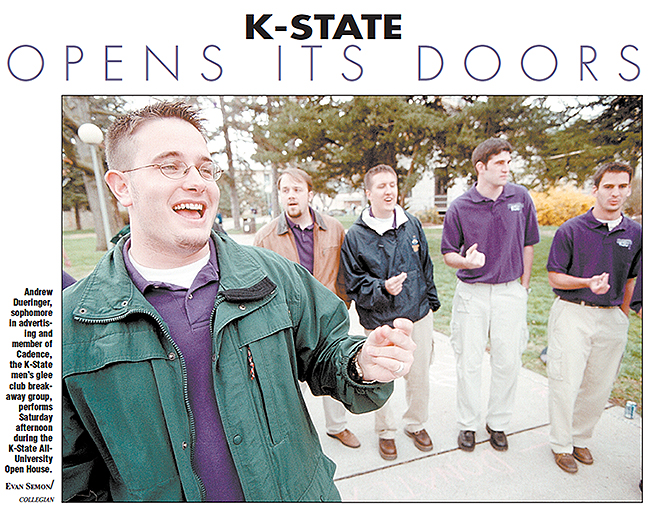

 By the numbers
By the numbers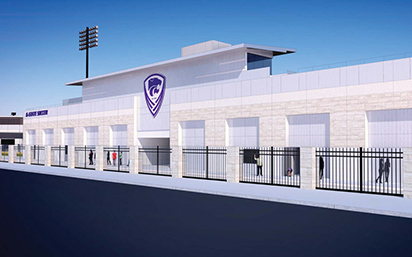 Timeline
Timeline
 There are lots of things to consider when buying plants at a garden center. First,
you’ll want to inspect the plants for signs of damage, disease and insects. This includes
brown spots, mushiness and visible signs of chewing from insects. You’ll also need
to look for small webbing from insects like spider mites.
There are lots of things to consider when buying plants at a garden center. First,
you’ll want to inspect the plants for signs of damage, disease and insects. This includes
brown spots, mushiness and visible signs of chewing from insects. You’ll also need
to look for small webbing from insects like spider mites.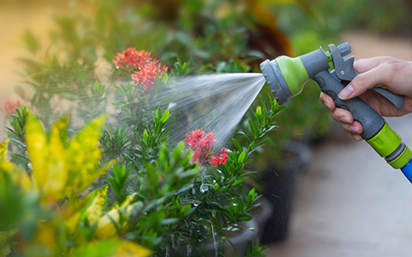 Watering the garden can sometimes be an anxiety-inducing process, as we fear either
over-watering or under-watering our plants. But it doesn’t have to be stressful! As
a general rule, beds should be watered when the top several inches of soil are dry.
Dig down 2 to 4 inches with a trowel to determine if the soil needs additional water;
dry soil will not hold together to form a ball.
Watering the garden can sometimes be an anxiety-inducing process, as we fear either
over-watering or under-watering our plants. But it doesn’t have to be stressful! As
a general rule, beds should be watered when the top several inches of soil are dry.
Dig down 2 to 4 inches with a trowel to determine if the soil needs additional water;
dry soil will not hold together to form a ball.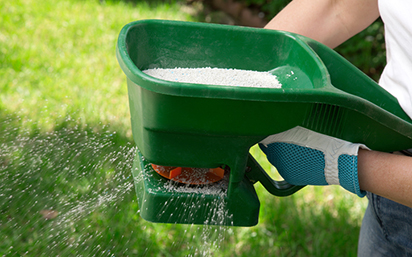 When choosing fertilizer for your lawn, read the label carefully for nutrients.
When choosing fertilizer for your lawn, read the label carefully for nutrients. 
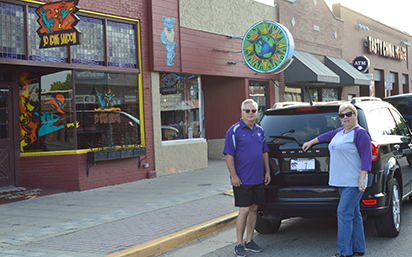
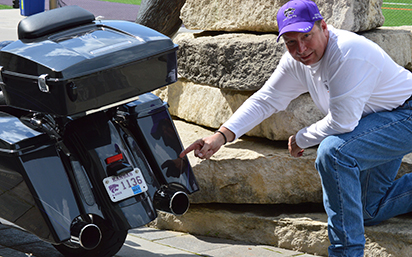
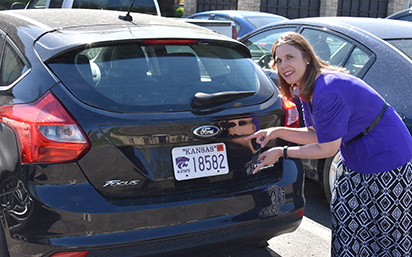
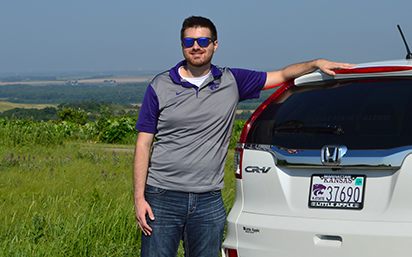
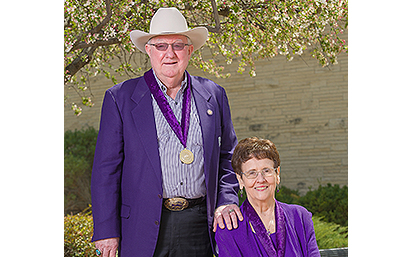
 Demonstrating enormous commitment to their students and department, six faculty members
of the Department of Kinesiology in the College of Human Ecology have used matching
funds to create scholarships for kinesiology students.
Demonstrating enormous commitment to their students and department, six faculty members
of the Department of Kinesiology in the College of Human Ecology have used matching
funds to create scholarships for kinesiology students.